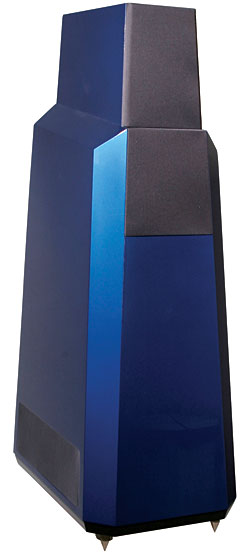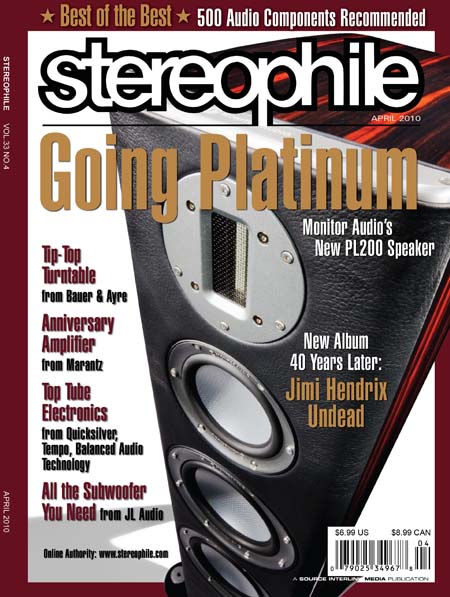
Vandersteen Model Seven loudspeaker
Vandersteen Model Seven loudspeaker

- Read more about Vandersteen Model Seven loudspeaker
- Log in or register to post comments

another good one done gone..if you dont know who he was, slap yourself.
http://blogs.suntimes.com/derogatis/2010/03/alex_chilton_dies_on_the_eve_o.html

I would like to adress you all a question, altough I am almost sure it has been a subject of debate in the past here.
Why do you think most of audio systems are so expensive?
Is it beacause of the craftship, the inner components and the costs of production or is it because no matter how high, there are some people out there willing to pay the price?
Thank you!
Excellent article by JA-- I can confirm that everything he says about DVD tech licensing is true and then some. (I did my master's thesis on whether region-encoding violated international trade law-- somewhere or another, I have copies of the relevant agreements, or at least versions of them dating to the early part of the century.